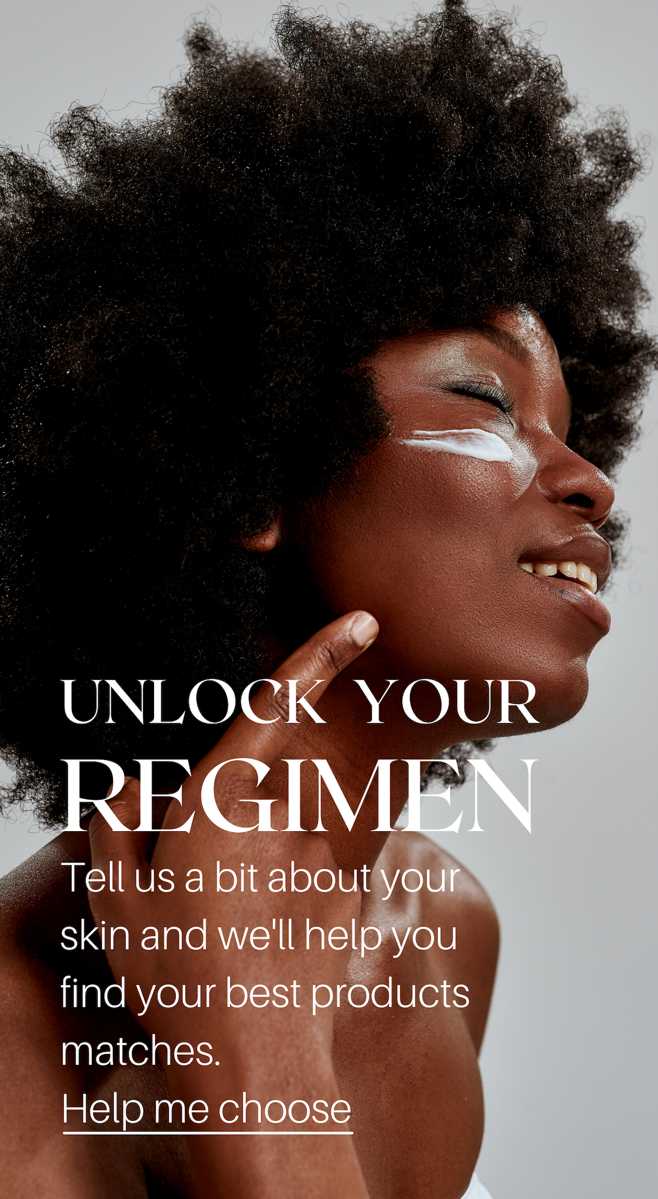SPF: What's Your Magic Number?

SPF seems straightforward—higher number, better protection, right? Not necessarily. When it comes to SPF, there are a lot of factors to consider other than just the number.
In this blog:
What does SPF mean?
SPF stands for Sun Protection Factor. It's a measure of a sunscreen's ability to protect the skin from harmful UVB rays, which are responsible for sunburn and skin cancer. The SPF number indicates how long it would take for UVB rays to redden the skin when using sunscreen compared to not using sunscreen at all. For example, applying an SPF 30 sunscreen theoretically means it would take 30 times longer for your skin to burn than if you weren't wearing any sunscreen.
Is a higher SPF better?
The FDA has not found evidence that products with SPF values greater than 50 offer additional sun protection. Therefore, it has proposed a regulation requiring sunscreen products with SPF values north of 50 to be labeled “SPF 50+,” eliminating any specific higher values.
While it might seem intuitive that a higher SPF offers better protection, the reality is more nuanced. It would seem that 100 SPF would be double the protection of 50 SPF. However, this isn’t the case. SPF 15 blocks 93% of UVB rays, SPF 30 (97%), SPF 50 (98%), and SPF 100 (99%). While the SPF numbers jump significantly, the corresponding increase in protection is minimal.
SPF isn’t the only factor to consider
SPF values alone can’t reliably measure the effectiveness of a sunscreen. While a good sunscreen should offer broad-spectrum protection against both UVA and UVB rays, SPF only indicates its ability to shield from UVB rays, which cause sunburn and certain skin cancers like squamous cell carcinoma. However, UVA rays, which penetrate deeper into the skin and are linked to skin aging and cancer, are not accounted for by SPF values.
Additionally, the EWG points out that methods used to determine SPF values can be imprecise since lab testing conditions vary from real-world conditions. Factors like the time of day (peak hours of sunlight vs. non-peak) will affect the intensity of UV rays and, therefore, the amount of time before burning might occur.
An additional risk posed by higher SPF products is extended sun exposure. Many people think the 100 SPF they’ve slathered on will keep them safe all day, which we know is not the case. The American Academy of Dermatology (AAD) recommends reapplying sunscreen every two hours, no matter what level of SPF you’re using, especially after swimming or sweating.
Higher SPF sunscreens often contain more UV-blocking chemicals, which can irritate sensitive skin and may have other health implications. Most dermatologists recommend using SPF 30, which blocks 97% of UVB rays, to balance protection and potential irritation.
Your skin type and tone are also considerations. Fair skin burns more easily and will require greater protection. Dark skin tones have more natural protection from burning but are still at risk of photodamage and skin cancer. Certain medications and disorders make your skin highly sensitive to the sun, raising your protection requirements. And if you have oily, acne-prone, or sensitive skin you’ll want to pay extra attention to formulation to avoid comedogenic ingredients or irritants.
SPF 15 is fine for day-to-day
The Skin Cancer Foundation recommends SPF 15 for protection during regular day-to-day activities with occasional sun exposure to reduce your risk of developing skin cancer and to prevent premature aging. It’s important to remember that even when you are driving in the car, you are exposed to UV rays, which pass through glass.
Recommended:
Day Treatment Lotion SPF 15
Non-comedogenic, broad-spectrum daily protection and moisture in one. This lightweight, non-greasy formula enriched with soothing aloe and zinc proteins, is ideal mixed with your favorite loose mineral powder to create a makeup base.
SPF 30 is ideal for active days out
Using an SPF 30 sunscreen on active days out provides essential protection against the harmful effects of UV radiation from the sun. With its broad-spectrum coverage, SPF 30 sunscreen shields the skin from both UVA and UVB rays, helping to prevent sunburn, premature aging, and skin cancer.
Recommended:
Mineral Sunscreen SPF 30
Featherlight, non-greasy, non-ghosting formula provides broad-spectrum coverage with the added benefit of antioxidants and skin-nourishing ingredients. It’s reef-safe and paraben-free.
Bottom line
In the end, how and when you use sunscreen makes more difference than the specific value of the SPF. Whatever you choose, it’s essential to apply sunscreen liberally and frequently, especially after swimming or sweating. Avoid sun exposure during the peak hours of 11 a.m. to 3 p.m. And remember that even on a cloudy day, up to 80 percent of the sun’s UV radiation reaches the earth.


Comments